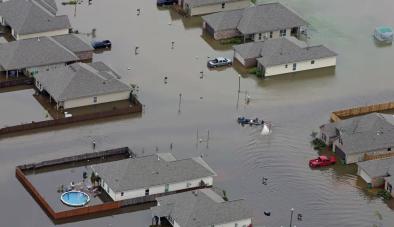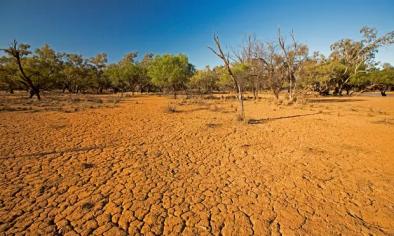Science Source
Enhanced El Niño‐Southern Oscillation variability in recent decades
What we're seeing in the last 50 years is outside any natural variability. It leaps off the baseline. Actually, we even see this for the entire period of the industrial age.
– Kim Cobb, principal investigator, Professor at Georgia Institute of Technology
- Recent modeling studies suggest El Niño will intensify due to greenhouse warming
- Here, new coral reconstructions of the El Niño‐Southern Oscillation (ENSO) record sustained, significant changes in ENSO variability over the last 7,000yrs, and imply that ENSO extremes of the last 50 years are significantly stronger than those of the pre‐industrial era in the central tropical Pacific
- These records suggest that El Niño events already may be intensifying due to anthropogenic climate change
- Line Island corals provide 1,751 years of monthly‐resolved ENSO variability from the mid‐Holocene to present
- ENSO strength is significantly weaker between 3,000 and 5,000 years ago compared to the 2,000‐year periods both before and after
- ENSO extremes of the last 50 years are significantly stronger than those of the pre‐industrial era in the central tropical Pacific
Related Content
Headline

May 22, 2023 | Climate Nexus Hot News
Climate Change Is Making El Niños and La Niñas Worse, Costing Trillions
Headline

May 4, 2023 | The Guardian
UN warns heat records could be broken as chance of El Niño rises
Science Source
Colder Eastern Equatorial Pacific and Stronger Walker Circulation in the Early 21st Century: Separating the Forced Response to Global Warming From Natural Variability
Ulla K. Heede, Alexey V. Fedorov
Science Source
| Nature Communications
Greenhouse warming and internal variability increase extreme and central Pacific El Niño frequency since 1980
Ruyu Gan, Qi Liu, Gang Huang et al


